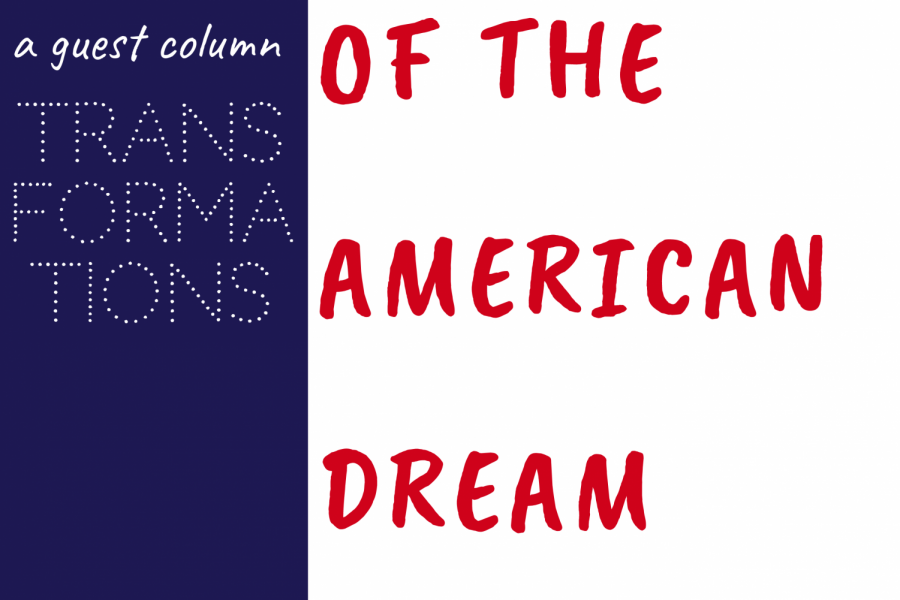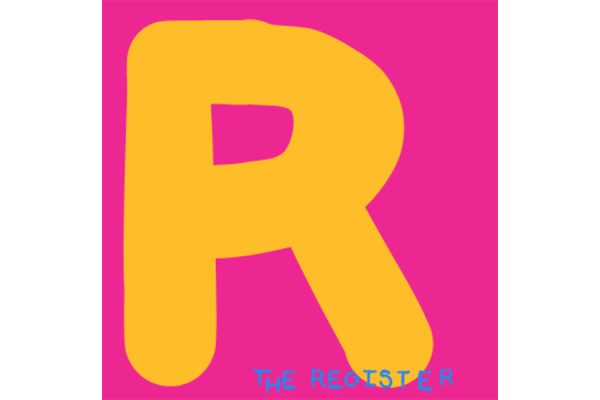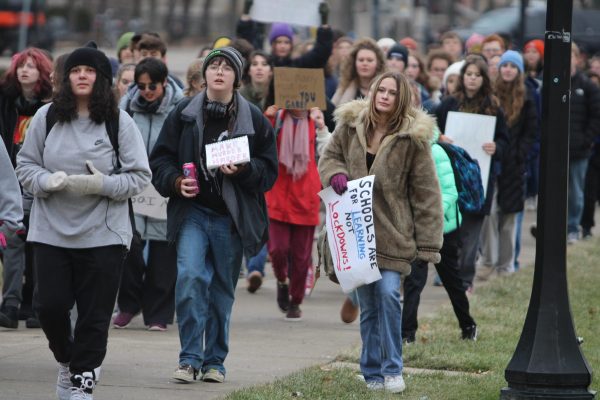Transformations of the American Dream
October 12, 2018
The American Dream is the ideal that every citizen should have an equal opportunity to reach prosperity through hard work and determination. Before the 1960s, the American Dream followed a coherent set of values in which parents hoped to create a better life for their kids. According to a study by Forbes Magazine in 2017, only 23 percent of Americans believe that they are living the American Dream, with 77 percent believing the contrary. The ideas of race and socioeconomics have greatly been altered over the last 60 years. Immigrants and African Americans have seen the transformation, with detrimental effects. Socioeconomics have also transformed with an increase in taxes, student loans, and cost of living that have made the American Dream more difficult to reach. American society has played an important role in the perceptions of all Americans and will continue to play a role in the near future.
The American dream has seen a transformation in the idea of race and what it means to achieve this dream. The increase of immigration—three percent in the last 2 years, according to the Migration Policy Institute—throughout the United States has led to an immense change in the American Dream. A recent study by the Migration Policy Institute found that only 15 percent of all immigrants found it easy to find a job and learn the English language. This number has decreased from previous generations due to the lack of support from the American government on immigration, making immigration more difficult. A recent study by the Amherst Student Journal found that the true cost of the American Dream is 130,000 dollars. This includes housing, medical bills, taxes, education, utilities, automobiles, and retirement plans. For many immigrants, this number is not feasible because they are coming to the United States from bad conditions, in search of prosperity. African Americans have also felt the transformation of the American Dream. Although the American Dream has been hard to reach since the beginning of slavery, it has even become less attainable during the last 60 years. The prosperity for blacks had risen since slavery, but since 1960, the American Dream feasibility has decreased. According to Splinter News, many African Americans feel as if the national government has blocked them from attaining the American Dream. This is due to the lack of money that many African Americans have, compared to whites. For example, the unequal benefits of the GI Bill lengthened the division among the two races, as well also redlining, where blacks have been denied many services and rights due to their appearance. Economic disadvantages play a role in the difficulty of feasibility for millions of African Americans. In the Splinter article, Emma Roller states: “On average, a white family has around ten to sixteen times the net worth of that of a black family.’’ According to Mehrsa Baradaran, a law professor at the University of Georgia, the socioeconomic racial gap has continued to increase since 1960. Baradaran believes that the “United States government has exacerbated economic inequality.’’ Many African Americans have felt an increase in social mobility in the last 60 years, but the average African American has found it either harder or the same difficulty to attain success today than in the 1960s. This is seen with the Black Lives Matter movement, as African Americans have voiced their frustration. Black Lives Matter is not just concerned with police brutality toward blacks, but also the systemic oppression blacks have felt over the last 150 years. As society has grown at a rapid rate over the last 60 years, people of many races have found no change in the feasibility to attain the American Dream.
The ideas of socioeconomics and their relation to the American Dream have also seen a startling transformation since the 1960s. The cost of owning a house for the average American, has increased to rates that were not imaginable 60 years ago. According to USA Today, it was found that only one in eight households were able to afford a home. Owning a house was a huge part of the American Dream 60 years ago…but fast-forward to today, where millions of people do not own a house. According to Statista, the percentage of Americans owning a house has dropped dropped to 62.4 percent in 2018, a 5 percent decrease since 2004. One main reason for this steady decrease is the lack of ownership by the millennials of America. The high rates of student loans have caused many young adults to choose against owning a home and thus feel that they are not achieving the American Dream. According to Forbes, the average student coming out of college has close to 37,172 dollars in student loans. With 44 million students owing student debt in America, this equals an astronomical 1.5 trillion dollars. This rise in education is positive but the student loan debt over the last 60 years has severely limited the economic freedom of all Americans, leading to a lack of achievement when it comes to the American Dream. Lastly, the rise in taxes over the last 60 years has placed a huge burden on America and decreases the American Dream feasibility. According to NBC News, the increase in taxes since the 1960s has placed a major burden on millions of Americans. Payroll taxes have increased 19 percent over the last 60 years and are expected to grow over 20 percent in the coming years. The rates of Social Security, among others, have also increased to alarming rates for the average American. This increase in taxes and education have created a large burden, and as a result, millions of people feel that they are unable to attain the coveted American Dream.
Overall, the American Dream has seen a decrease in its belief over the last 60 years. This is first due to the difference of races that have entered America. With the recent Black Lives Matter movement, these voices of frustration have been heard across the nation. Then due to the change in socioeconomics, the American Dream’s feasibility has become less apparent to millions of people. This stems from the increase of taxes and student loans that have lead people to be flooded with financial debt. President Drumpf ran his 2016 election on his ability to bring back the American Dream, but America is far from that. America has been changing since its origin and in the last 60 years, the transformation has never been more apparent. The rebirth of the American Dream will not be a quick change, but one that will hopefully cause society to change its ways, and give hope to a beautiful nation.




















































